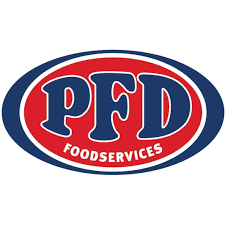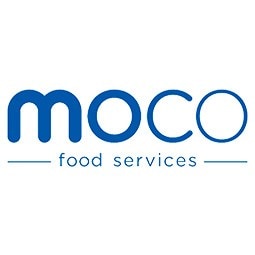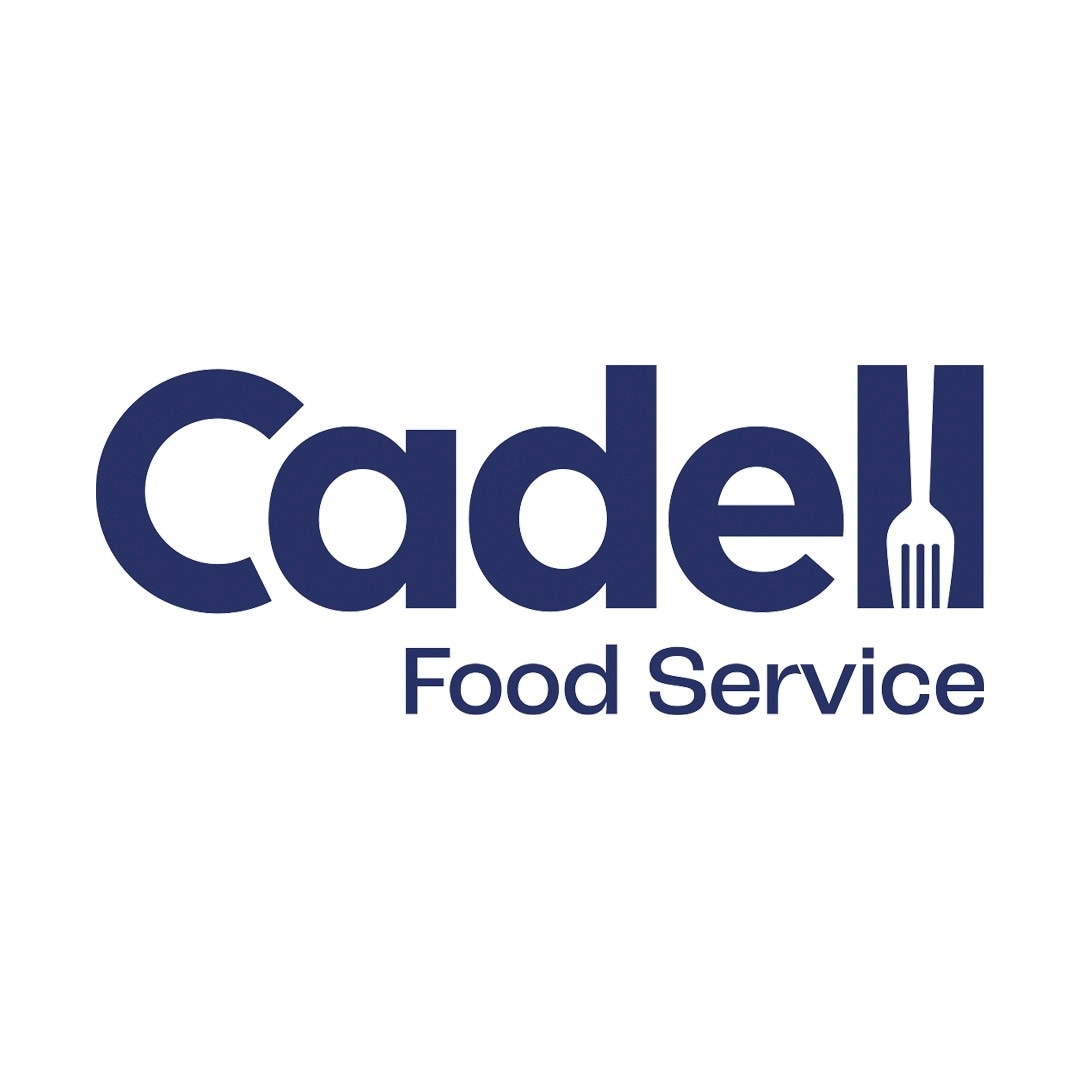Posted on Tuesday, 22nd April, 2025
The implementation of Standard 6: Food and Nutrition under Australia’s strengthened Aged Care Quality Standards is the first time food and nutrition for people in residential aged care has been stated as a standalone standard with its own outcomes and activities.
Unilever Food Solutions attended Anchor Excellence's Academy Sprint for Standard 6 to find out what aged care chefs need to be aware of.
In effect from 1 July 2025, this dedicated standard requires providers to deliver culturally safe, nutritionally adequate, and enjoyable dining experiences that align with residents’ preferences and needs.
Compliance with Standard 6 means understanding the stated outcomes and associated activities and being able to provide proof of how these have been implemented.
Person-centred care in meal service
Central to Standard 6 is the expectation that residents actively shape their dining experiences. One of the key concepts is partnership rather than engagement. The dining experience is co-created by residents, chefs and kitchen and dining teams..

Outcomes for Standard 6
Outcome 6.1: partnering with individuals on food and drinks
Chefs will need to show they are regularly engaging residents in the menu planning process via things like resident feedback, taste-testing sessions, and forums where residents and chefs can co-design meal choices and menus.
Documentation is critical, as regulators will assess how resident input influences menus, food choices and what changes are integrated into the dining experience.
Outcome 6.2: assessment of nutritional needs and preferences
Collaboration with dietitians and clinical teams is mandatory to conduct nutritional assessments for all residents. Chefs must translate these assessments into individualised meal plans, ensuring alignment with medical requirements (e.g., low-sodium diets for hypertension) while making sure meals remain flavoursome and appealing.
Regular audits of meal intake records and weight monitoring data are essential to identify residents at risk of malnutrition, as is proof of required adjustments.
Outcome 6.3: provision of food and drinks
Standard 6 uses the Food Standards Australia New Zealand (FSANZ) as guidelines, requiring chefs to implement Hazard Analysis Critical Control Point (HACCP) protocols for food safety.
Menus must offer rotational variety - seasonal produce, diverse protein sources, and culturally significant dishes - to prevent monotony.
For residents with dysphagia, chefs must ensure texture-modified meals (e.g., minced, pureed) retain visual appeal and flavour complexity.
Outcome 6.4: dining experience
Standard 6 also highlights dining as a holistic experience, incorporating food, environment and engagement. Chefs must collaborate with activities coordinators to create socially engaging mealtimes, such as themed meal events.
Environmental factors such as adequate lighting, noise reduction, and the provision of adaptive utensils for residents with limited dexterity are now requirements, as well as culturally appropriate utensils such as chopsticks. Additionally, flexibility in meal timing is important for individual circadian rhythms and personal routines.

Recommended activities
Invest in staff training
Chefs should advocate for ongoing training programs focused on nutrition, cultural competency, and specialty meal preparation - for example, those with dementia or those with swallowing difficulty.
The Food, Nutrition, and Dining Hotline (1800 844 044) offers direct access to dietitians for real-time problem solving, which can support the capacity to address complex cases in the moment.
Leverage technology
Adopt digital platforms to track individual preferences and dietary restrictions across care teams. For example, a tablet-based menu system allows residents to customise daily selections, while streamlining kitchen operations.
Foster collaboration
Regular consultations with dietitians, speech pathologists, and clinical nurses ensure meal plans evolve with residents’ changing health status. For instance, a resident newly diagnosed with diabetes may require phased adjustments to carbohydrate intake without abrupt elimination of favourite foods.

Assessment for Standard 6
Part of the rollout of the new standards is the way aged care homes will be assessed against the outcomes for each standard.
- Make sure you have clearly documented systems and processes
- Use monitoring tools to show how staff are following these processes and find opportunities for improvement
- Work with people receiving care to understand their experience
- Ask for feedback from your governing body, managers, staff and others involved in delivering care and services
- Use feedback to improve your care and services.
Other considerations
Standard 6 is impacted by Standard 3 (Care and Service) and Standard 5 (Clinical Care).
Useful definitions for dining
These definitions were provided by Anchor Excellence in The Sprint - Strengthened Aged Care Quality Standards (RAC) - Standard 6 webinar.
- Culturally safe care: Care and services that are planned and delivered in a way that is spiritually, socially, emotionally and physically safe and respectful.
- Dignity of risk: Older people have the right to make choices even if the choice involves risk to themselves. There must be a balance between autonomy and safety.
- Decision making: Needs to be independent, supported, and offer substitutes. Adheres to Food Standards Australia & New Zealand (FANZ) guidelines.
- Diversity: The varied needs of the older person. For example, social, linguistic, sexual preference, religious, spiritual, psychological, medial, or care needs.
- Oral health: Oral health is the condition of a person's teeth and gums, as well as the health of the muscles and bones in their mouth.
- Choking: Occurs when a foreign body, such as a mouthful of food, partly or completely blocks a person’s airway, making breathing difficult. Choking is a medical emergency.
- Dining experience: The complete dining experience, including the environment, service, ambience, aroma, company time provided to eat, serving size, temperature presentation of food and drinks.
- Dining needs: An older person’s specific dining needs include consideration of any dietary needs, including allergies, intolerances, relevant health risks and conditions, and religious or cultural preferences.
- Nutrition: Refers to foods that make a substantial contribution towards providing a range of nutrients, have an appropriate nutrient density and contain substances a person needs and can use to stay healthy.




















